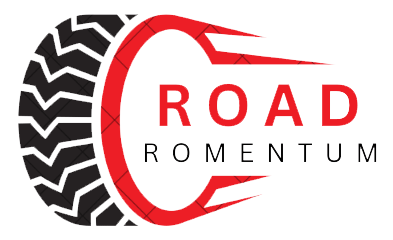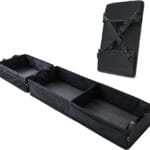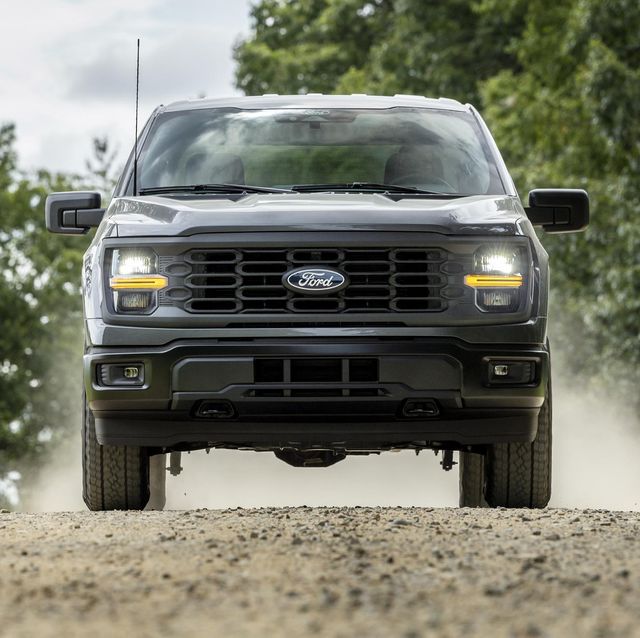How To Identify A Ford Transmission: Tips and Techniques
Whether you’re working on your vehicle or simply curious, knowing how to identify your Ford’s transmission can save you time and ensure that you’re handling repairs, replacements, or upgrades properly. With so many Ford models and different types of transmissions available, it’s important to know what type of transmission is in your vehicle. Fortunately, Ford has several methods for identifying its transmissions, from easily accessible identification numbers to visual and mechanical cues.
In this guide, we’ll walk you through the steps to identify your Ford transmission so you can be confident about the information you’re working with.
Key Takeaways
There are a few ways to identify a Ford transmission:
- Window sticker, build sheet, or VIN decode letter: These documents can provide information about the transmission type.
- Vehicle identification label: The driver’s side door has a white placard with black lettering that contains information about the transmission, engine, and more. The transmission code is usually located under or next to the “TR” symbol.
- Ford website: Select a vehicle, then choose Models, then Specifications, and finally Engine Specifications > Transmission type.
- Transmission case: The case may have an identification number on the back.
- Transmission pan: The Ford AOD transmission has the words “Automatic Overdrive Metric” and the Ford Blue Oval stamped into the 14-bolt galvanized steel pan.
Some early Ford transmissions have a short, steep bell housing and two detents on the back of the shifter.
Signs of transmission trouble include delayed or rough shifting, or the check engine light coming on.
Why Identifying Your Transmission Is Important

The transmission is one of the most critical components of your vehicle. Whether it’s automatic or manual, the transmission is responsible for shifting gears and delivering power from the engine to the wheels. Knowing exactly what type of transmission you have is essential for several reasons:
- Repair or Replacement: You’ll need to ensure you’re purchasing the correct parts for maintenance or repairs.
- Fluid Type: Different transmissions may require specific types of fluid.
- Upgrades or Modifications: For those who are looking to make performance enhancements, it’s important to match the correct parts and tools to your vehicle’s transmission.
- Resale Value: If you’re planning to sell your Ford, knowing the transmission type can be a key selling point.
Identifying Ford Transmissions: Where To Start
The quickest way to identify your Ford transmission is by checking the Vehicle Identification Number (VIN), but you can also examine the transmission itself for labels or casting numbers. Let’s break down each method.
1. Using the VIN Number
Your Ford’s VIN is the most straightforward way to identify the transmission. The VIN is a 17-character code that contains a wealth of information about your vehicle, including the model, year, engine type, and transmission type.
You can locate the VIN on the following parts of your vehicle:
- Driver’s side dashboard (visible through the windshield)
- Driver’s side door frame
- Under the hood near the engine bay
Once you have the VIN, you can either reference a VIN decoder online or take the number to your local Ford dealer. VIN decoders can give you detailed information about the type of transmission your vehicle has, making this method one of the most reliable.
2. Checking the Door Tag
In addition to the VIN, Ford vehicles come with a vehicle information sticker or tag located on the driver’s side door frame. This sticker contains valuable data, including a transmission code that you can cross-reference with Ford’s list of transmission types.
On the door tag, look for a label marked “TR” followed by a number or letter. This code corresponds to your transmission type, and you can find Ford transmission code charts online or at your dealership.

3. Locating the Transmission Label
If you want to physically inspect the transmission, Ford typically places an identification tag or label on the body of the transmission itself. This tag often contains a part number, a serial number, and the transmission model number.
The tag or label can be found on the side of the transmission housing. It might require you to jack up the vehicle or remove other components for better visibility, depending on the model. Once located, the part number or transmission model number can be cross-referenced with Ford’s transmission databases to confirm the specific type.
4. Identifying by Transmission Pan Shape
For those who are more mechanically inclined or familiar with transmission layouts, another way to identify a Ford transmission is by the shape of the transmission pan. The transmission pan is the part of the transmission that holds the fluid and is located at the bottom of the transmission housing.
Each Ford transmission has a unique pan shape, and recognizing these shapes can help identify the type. For example:
- AOD transmission (common in older F150 models) has a rectangular pan with 14 bolts.
- 4R70W transmission has a more trapezoidal shape.
- 6R80 transmission (found in newer models) also has a specific bolt pattern and shape unique to its design.
Some online guides and charts compare the shapes and bolt patterns of transmission pans, making it a handy way to quickly identify your transmission visually.
5. Cross-referencing with Transmission Codes
Another useful method is to identify the transmission based on its specific transmission code. Each Ford transmission has a unique code based on the model and year of production. Some of the most common codes you’ll find for Ford transmissions are:
- C4 (a three-speed automatic transmission used in older models)
- C6 (used in heavy-duty applications)
- E4OD (a four-speed automatic used in trucks like the F150)
- 4R100 (an evolution of the E4OD, found in late 1990s and early 2000s trucks)
- 6R80 (a six-speed automatic used in modern Ford trucks)
These codes can often be found stamped into the transmission housing or on a tag.
6. Consulting Resources like Road Momentum
When trying to identify a Ford transmission, trusted sources like Road Momentum offer valuable insight and guidance. Road Momentum provides comprehensive information on Ford vehicles, including technical specs and expert advice for enthusiasts and DIY mechanics alike. By referencing online forums, professional blogs, and technical guides, you can quickly pinpoint the transmission type that’s in your vehicle and get the necessary details for any future work.
Popular Ford Transmissions and Their Applications

If you’re driving a Ford truck like the F150, Explorer, or Ranger, the following are some common transmissions that might be in your vehicle:
- 6R80: A six-speed automatic transmission found in F150s and other Ford trucks from 2009 onwards.
- 10R80: A ten-speed automatic, used in the latest Ford trucks, known for its fuel efficiency and performance.
- MT82: A six-speed manual transmission commonly found in Mustang models but occasionally seen in trucks.
- 4R70W: A four-speed automatic transmission that was widely used in the 1990s and early 2000s Ford models.
Knowing which of these common transmissions is in your vehicle can be critical for repairs, upgrades, or even simple fluid changes.
Conclusion
Identifying your Ford transmission is essential for maintaining your vehicle and ensuring you’re using the right parts and techniques for repairs and upgrades. Whether you use the VIN, check the door tag, or visually inspect the transmission itself, there are plenty of ways to determine what transmission is in your Ford.
For those seeking more detailed information or guidance, Road Momentum is an excellent resource for Ford enthusiasts, providing helpful articles, transmission charts, and real-world advice from experts.
Make sure to take the time to identify your Ford transmission correctly so you can keep your vehicle running smoothly and avoid costly mistakes.


















